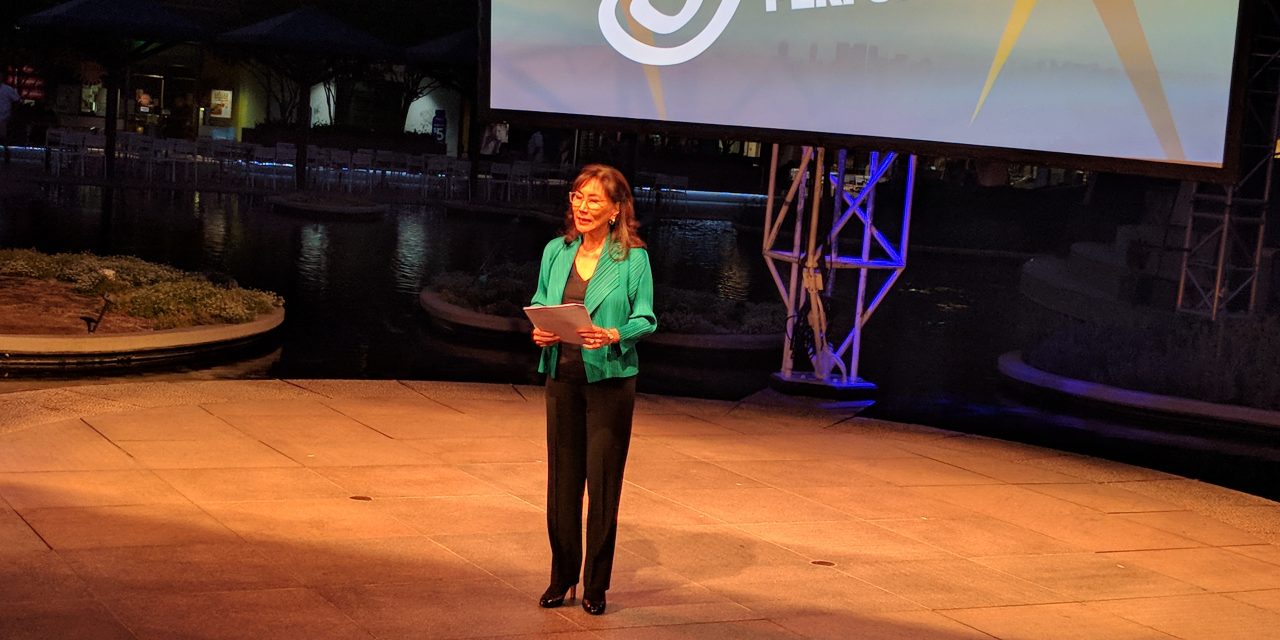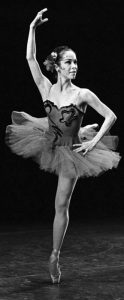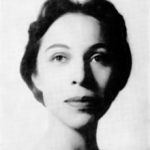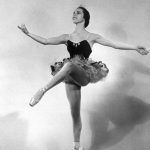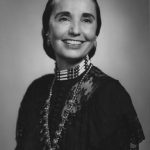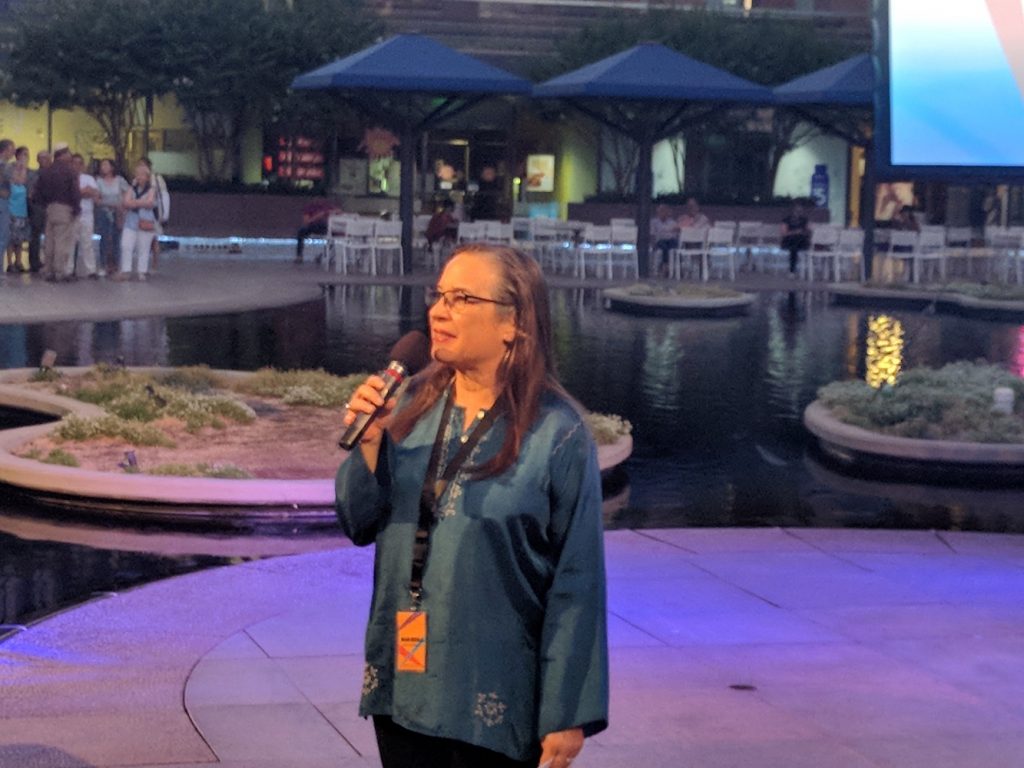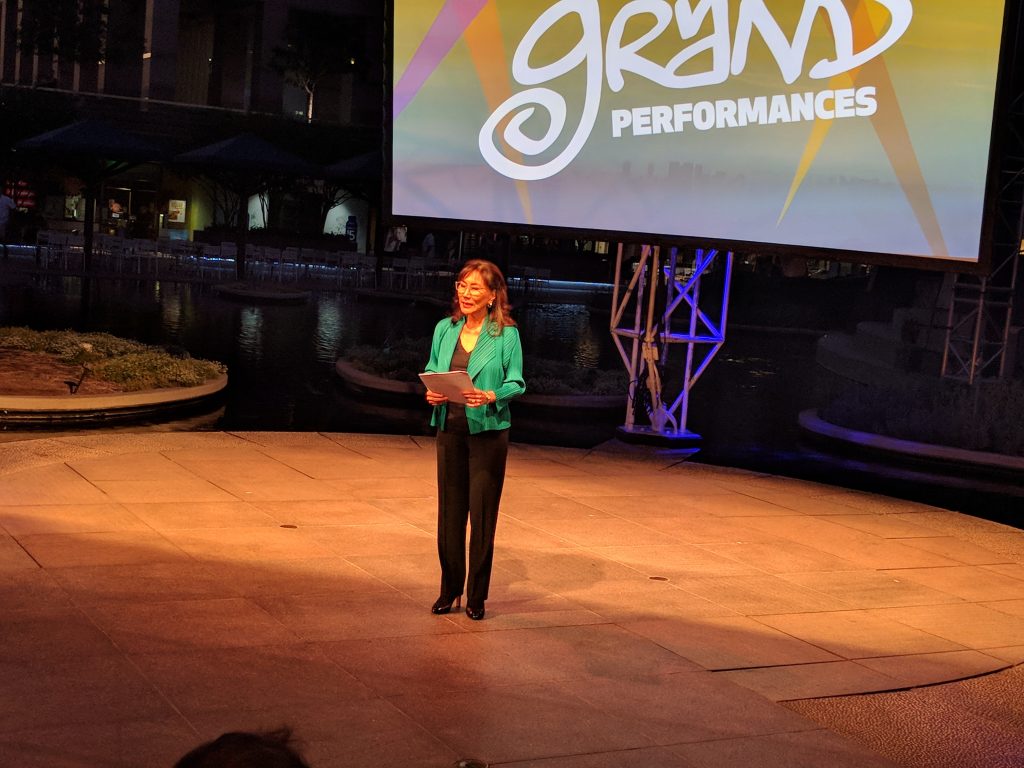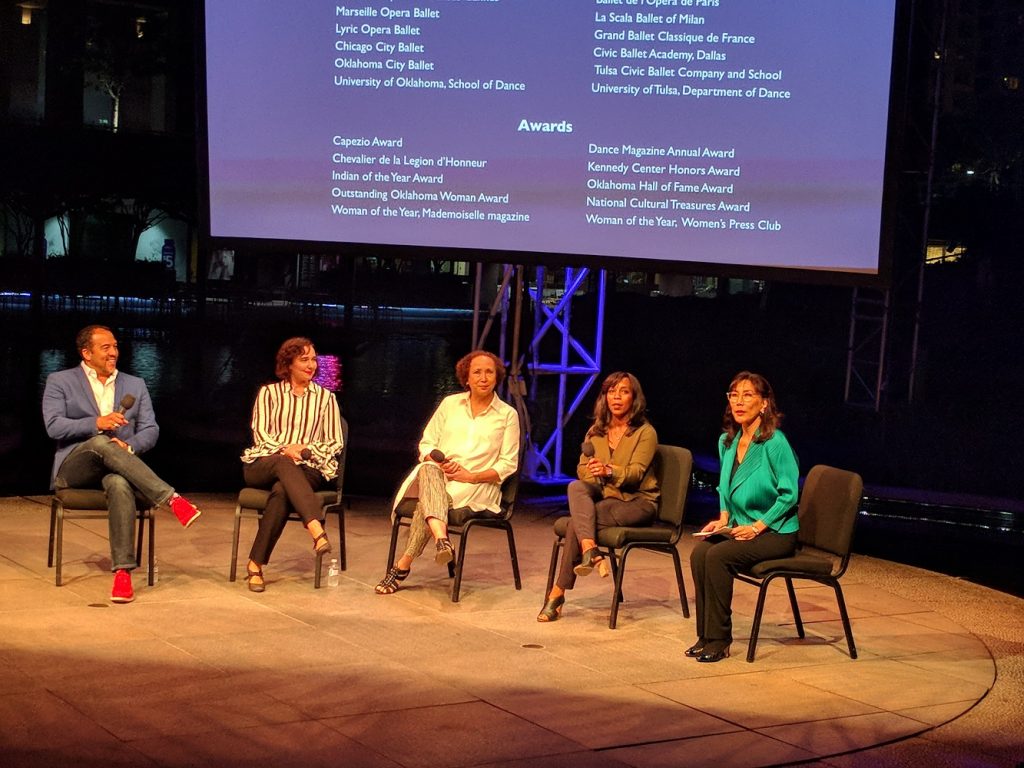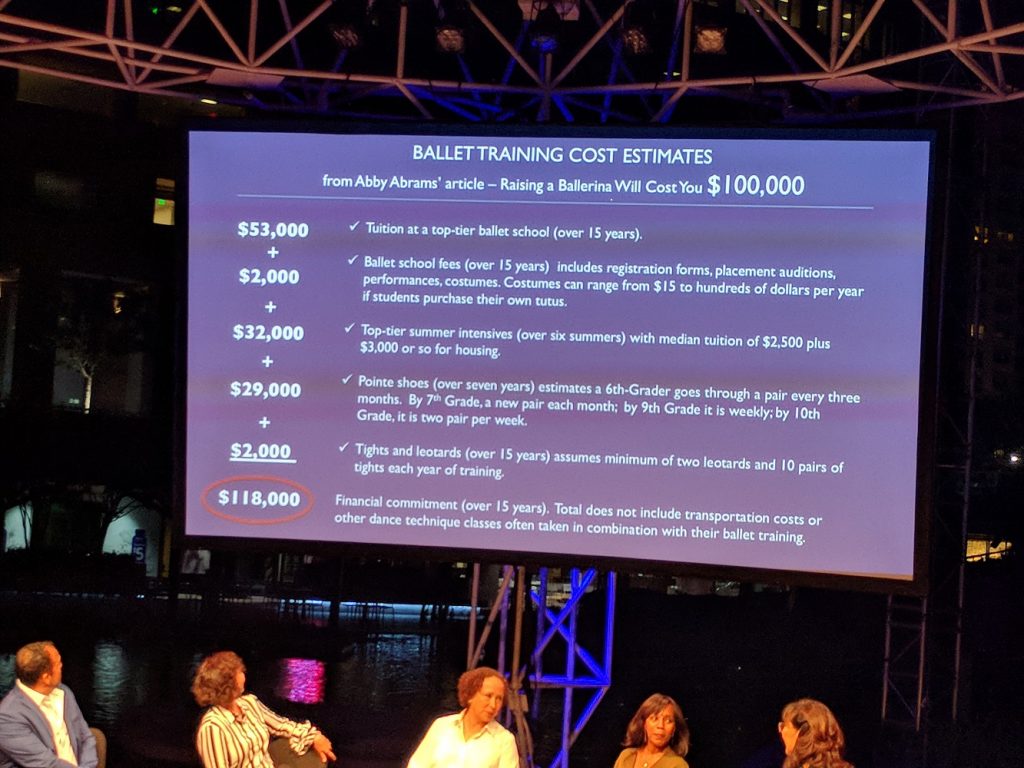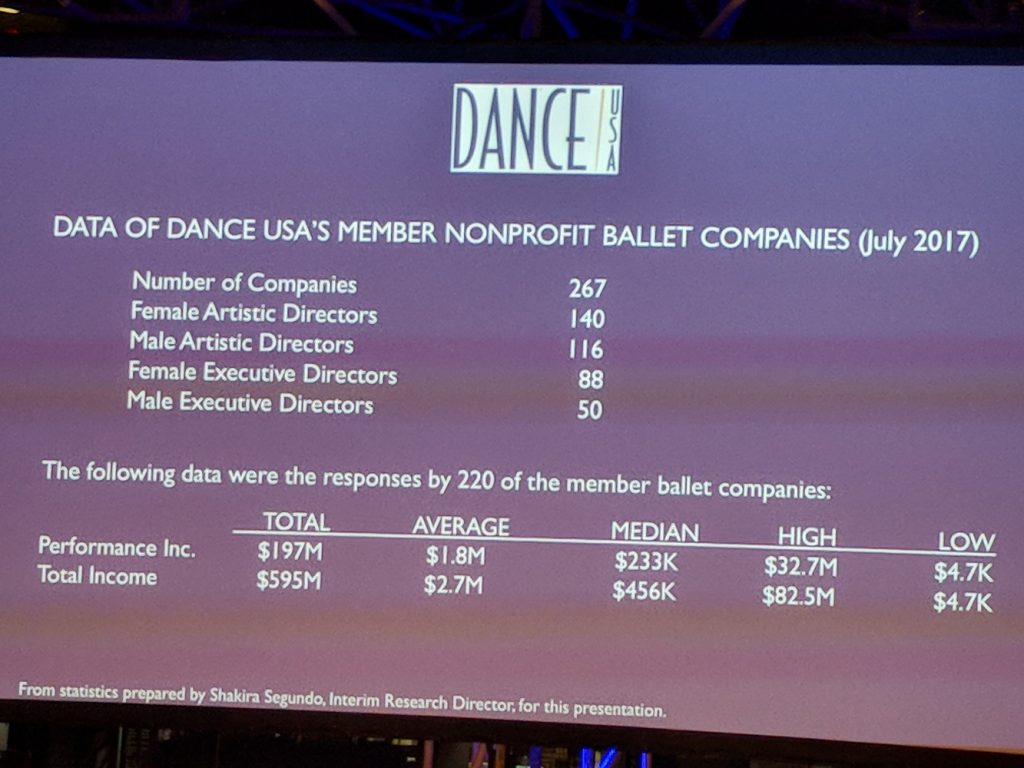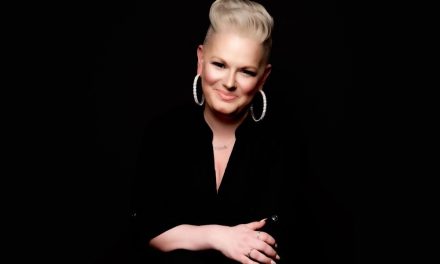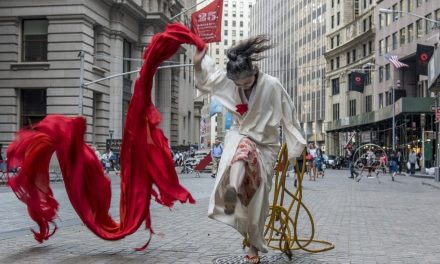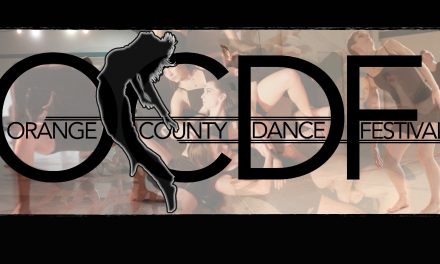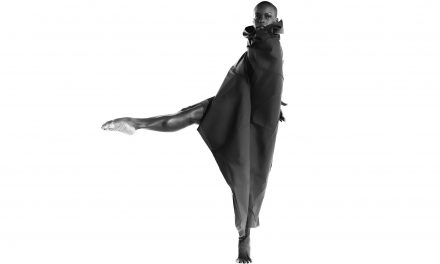The Grand Performances in Los Angeles has been providing free performances for over 30 years and has become a known leader in serving the community as well as the arts and the artists. On August 3, 2018 I had the pleasure of attending a presentation and panel discussion led by Bonnie Oda Homsey entitled When Moons Become Stars, a rare look into the history of five native American ballet dancers from Oklahoma who broke through all the social barriers to become leading prima ballerinas in companies like American Ballet Theatre, New York City Ballet, Ballet Russe de Monte Carlo and others. Those amazing ballerinas, fondly known as the Five Moons, were Maria and Marjorie Tallchief, Rosella Hightower, Moscelyne Larkin and Yvonne Chouteau.
Bonnie Oda Homsey has been a dancer, artistic director, producer, educator, curator, author, lecturer, arts advocate, funder, panelist, and filmmaker. She is a former member of the Martha Graham Dance Company and established Los Angeles Dance Foundation (LADF) in 1978 to help preserve the legacies of America’s most famous choreographers. LADF provided Homsey the vehicle to create the American Repertory Dance Company which went on to tour 40+ reconstructions of endangered masterworks performed by a roster of prominent artists. She has been the Chair of Dance and Arts Advisory Board member for the Princess Grace Foundation-USA for over 18 years. Homsey is currently an Adjunct Professor of Dance at the USC Glorya Kaufman School of Dance.
After the introduction by Mari Riddle, the Executive Director of Grand Performances, Homsey took the audience through a brief early history of each ballerina, their performance career and the lives they led after they finished performing. A few of them married, returned to Oklahoma and either opened ballet schools or founded ballet companies. Her presentation was augmented by 70 plus rarely-seen photographs which Homsey gathered from the New York Public Library, The Library of Congress, the Balanchine Trust, and seven private collections. Even those of us who have known about these five incredible women, learned new information about their lives and careers.
Maria and Marjorie Tallchief were born in Fairfax, Oklahoma on an Osage Indian reservation. Their father was Osage, and their mother was of Scotch-Irish descent. They began dancing as children and after the family moved to Los Angeles in 1933, they studied with Bronislava Nijinska and David Lichine, among others. At age 14, Marjorie Tallchief traveled alone to Europe by train and ocean liner to become the first American ever to hold the position of première danseuse étoile (star dancer) at the Paris Opéra Ballet. In 1944 she joined the American Ballet Theatre but left in 1946 to join the Ballet Russe de Monte Carlo. She then went on to dance with the Ballet de Marquis de Cuevas and the Harkness Ballet.
During her early career, in the 1940s, Maria Tallchief danced with the Ballet Russe de Monte Carlo. She later met, became involved with and married the famed choreographer George Balanchine. Their marriage did not last, but the two worked well together and she became Balanchine’s muse for at least 22 of his ballets. It was this union that led to the creation of the New York City Ballet in 1948 of which she became the first prima ballerina. Maria Tallchief died in 2013 at the age of 88.
Rosella Hightower was born in 1920, in the town of Ardmore, Oklahoma and died in 2008. At age 17, she studied in Europe and performed with Leonide Massine’s Ballet Russe from 1938 to 1941. She went on to perform with Marquis George de Cuevas’s company until his death in 1961 and later formed the Centre of Classical Dance in Cannes, France. She served as the director of the Marseille Opera Ballet (1969-1972) and of the Nancy Grand Theatre (1973-1974). In 1980 she became the director of the Paris Opéra Ballet.
Yvonne Chouteau was born in Fort Worth, Texas in 1929, but grew up in Vinita, Okla. She died in Oklahoma City in 2016. She moved to New York City to study at the American Ballet School and at age 14, Chouteau became the youngest member and a leading dancer with the Ballet Russe de Monte Carlo. After retiring in 1957, Chouteau became artist in residence at the University of Oklahoma, where she helped create the School of Dance. In 1963 she founded the Oklahoma City Civic Ballet now known as the Oklahoma City Ballet. In 1967 Chouteau, who was of Shawnee Cherokee heritage, appeared with Native American ballerinas Moscelyne Larkin, Rosella Hightower, and Marjorie Tallchief in The Four Moons at the Second Oklahoma Indian Ballerina Festival.
Edna Moscelyne Larkin Jasinski (January 14, 1925 – April 25, 2012) was also one of the Five Moons from Oklahoma who gained international fame in the 20th century. At age 15, she joined the original Ballet Russe and later the Ballet Russe de Monte Carlo. After leaving Europe, she and her husband Roman Jasinski, also a ballet dancer, settled in Tulsa, Oklahoma, where in 1956 they founded the Tulsa Ballet and its associated school. In 1957 she created the very first Oklahoma Ballet Festival. Her company became a major regional company in the American Southwest and made its New York City debut in 1983. She is portrayed in the mural Flight of Spirit, displayed in the Rotunda of the Oklahoma State Capitol building.
Following the historical presentation, Homsey introduced her esteemed panelists to discuss the financial and social hurdles that present day ballet dancers encounter. The panel consisted of Virginia Johnson, dancer and prima ballerina with Dance Theatre of Harlem, and now Artistic Director of that company; Eduardo Vilaro, founder of Luna Negra Dance Theater in Chicago, and presently Artistic Director and CEO of Ballet Hispánico; Jenifer Ringer, former principal dancer with the New York City Ballet and the current Dean of the Trudl Zipper Dance Institute; and Renae Williams Niles, former Director of Grant Programs for the Los Angeles County Arts Commission, former Vice President of Programming at the Music Center and now Chief Operating Officer USC Kaufman School of Dance.
The panel first spoke to the financial costs of becoming a ballet dancer. In addition to the years of paying for dance classes, the cost of ballet pointe shoes can run as high as $100 a pair. Professional dancers can go through a pair in one week, or as quickly as one pair per performance. Eduardo Vilaro pointed out that for men there is more scholarship money to aid in paying for classes, but they still must pay for dance clothes and shoes. Everyone on the panel agreed that the cost to a dancer’s family goes beyond the financial. It includes hours involved traveling to and from classes and rehearsals, and in support of the budding dancer in their midst.
Renae Williams Niles spoke eloquently to the emotional costs that occurred to young dancers of color who often were not allowed to take ballet classes or who were always ill-at-ease because no one else in the studio looked like them. Fortunately, this has changed over the years and she and the other panelists shared how they are working to alter this perception of ballet being only for white people or for bodies with a certain structure and alignment. Again, Niles spoke to how diversity reaches beyond ethnicity and how at USC they are working to be inclusive regarding dance genres and styles. A hip hop or jazz dancer will not feel uncomfortable because there are now other dancers in the room who look like them.
The panelist spoke to how their institutions approach community involvement and how they think creatively about different ways to reach these communities. They spoke about how dance does more than just teach young people to move well, but it opens their minds to a huge variety of career possibilities outside of dance. It teaches them self-discipline and self-awareness, and exposes them to the many different worlds of art.
Due to the limitations of time, only one question came from the audience, and the panel did not have time to thoroughly cover all the subjects referred to during the evening. It was, however, very informative and from what I overheard from those nearby who were not dancers, very inspiring.
A few of Los Angeles’ dance elite were in the audience including Michael Alexander, Past Council Member and Past Chair at California Arts Council, Executive Director of Grand Performance (1990 – 2017), company manager of San Francisco Ballet (1982-1985) and Executive Director of AMAN Folk Ensemble (1969-1981); James Fayette, former principle dancer with the New York City Ballet and the current Associate Dean of the Trudl Zipper Dance Institute; Gloyra Kaufman, philanthropist and one of the most prominent supporters of dance in Los Angeles; Ann Haskins, dance writer for LA Weekly, Cultural Weekly and LA Dance Chronicle, former radio broadcaster and active promoter of dance; Joanne DiVito, Ballet dancer, Broadway performer, Choreographer for commercials, Review Staff at LA Dance Chronicle, to list only a few of her accomplishments; Deborah Brockus, founder and Artistic Director of BrockusRED, owner of Brockus Project Studios and producer of numerous dance festivals including the Los Angeles Dance Festival; and designer and producer Ravi S. Rajan, who is currently the president of the California Institute of the Arts.
For more information on the Grand Performances, click here.
To learn more about the LA Dance Foundation, click here.
Feature image: Bonnie Oda Homsey – Grand Performances – Photo: LA Dance Chronicle

